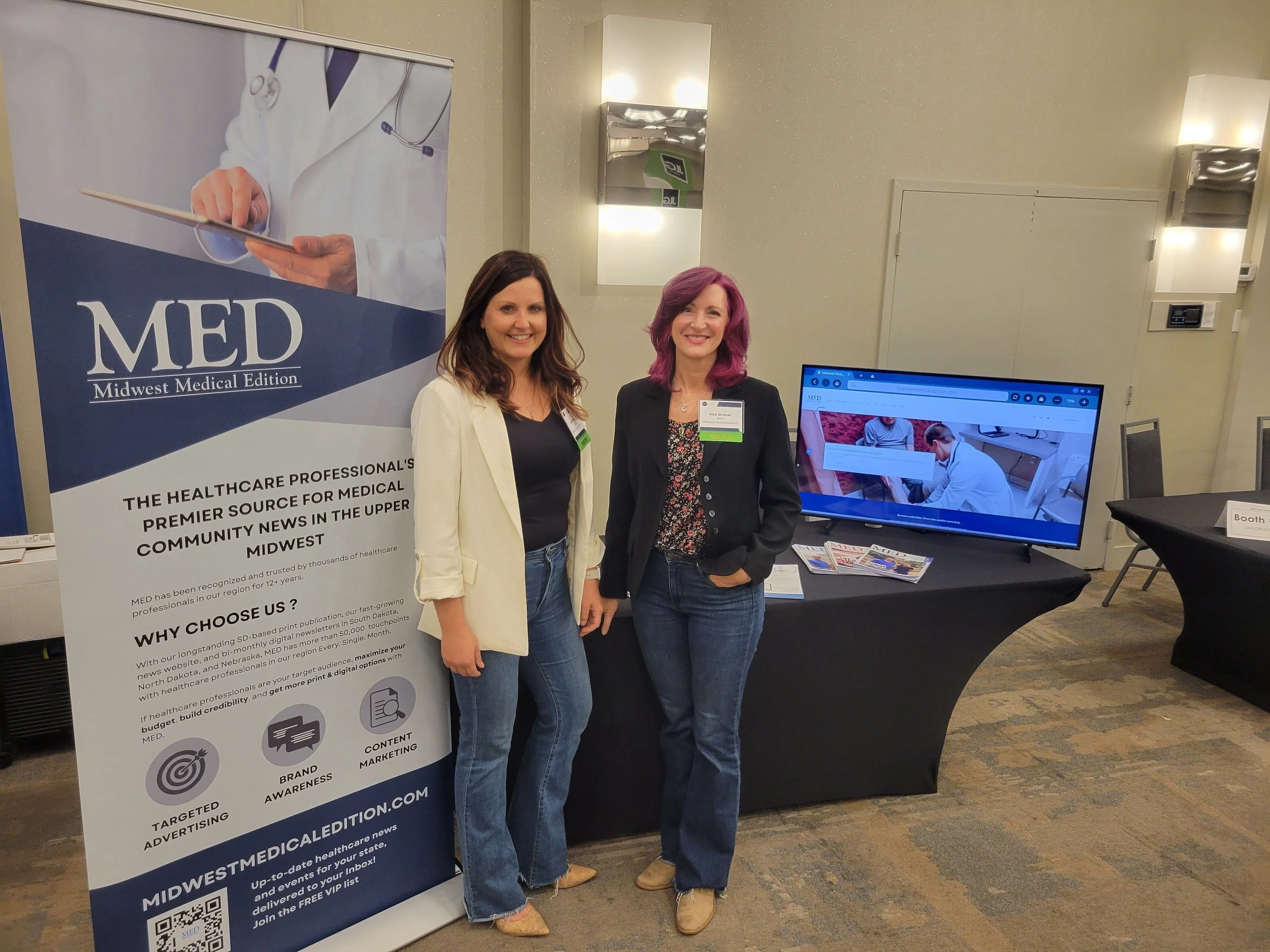In-Person Healthcare Conferences: Are They Still Relevant?
Autumn is an especially busy season for healthcare meetings and conferences around the region. Like many of you, we here at MED are grateful for the chance to interact face-to-face with other people again. And it made us wonder how - or if - the experience of organizing and hosting these kinds of events has changed in recent years.
We reached out to the organizers of two of the most recent events we sponsored and attended, the South Dakota Association of Healthcare Organizations annual convention in September and the North Dakota Hospital Association annual convention in October, to find out.
"Overall we had about the same number attend if not a little bit more than last year," says Michella Sybesma, VP of Education & Communication at SDAHO. "But we had many more exhibitors and sponsors than in the past, which was awesome to see. Having more sponsors helped to offset the fact that we also reduced the registration fee this year."
Pam Cook, Director of Educational Services at the North Dakota Hospital Association, reports a similar experience. Although attendance at NDHA's spring leadership conferences was down, it was a banner year for the fall convention. "We had probably the best attendance since 2016 with over 100 participants and 42 exhibitors," says Cook.
Both organizations say they have made an effort to pack more information and education into a shorter time frame to maximize impact, reduce lodging costs, and make travel easier for participants - especially for those who have to travel several hours.
"As a meeting planner, it is my responsibility to make sure time isn’t wasted when our members are away from their hospitals for multiple days," says Cook.
In recent years, SDAHO has shortened the length of its convention, which now starts on a Thursday morning and wraps up by noon on Friday. But both Sybesma and Cook say that in-person conferences - even shorter ones - still play a critical support role in healthcare.
"Even though Zoom meetings are convenient, I feel people may be burned out on them and want the social interaction of an in-person meeting," says Cook.
"Bringing our members together in one place is one of the main reasons we exist," adds Sybesma. "At a time when there are so many things going on in healthcare, it's so important to have that camaraderie and have that unified voice. That's why it is so vital to have that connection."

